In recent years, as the use of clean rooms has been widely recognized by the industry, the application of clean rooms has become more and more extensive. For some products with high cleanliness requirements, the role of clean rooms is indispensable. However, while people lament the clean production environment that the clean room brings to the product, they gradually ignore the pollution of the clean room caused by external factors. This is quite a chronic suicide, which not only causes a waste of enterprise hardware costs, but also The product brings non-negligible pollution damage, which will greatly reduce the product superiority rate.
This has caused most industry experts to pay attention to clean room pollution control. Where does this pollution come from? It is undoubtedly "people, machines, materials, methods, and environment". Among these factors, in addition to dust pollution, there is also a most basic "silicone-free" control. Based on many years of control experience, even if you do more Prevention, but the control of silicone oil is often not completely eliminated, why? Because of "people".
People are the biggest source of pollution and the most difficult to control silicone oil pollution producer. The biggest source of silicone oil for the human body is cosmetics, especially female workers, who will inevitably apply smearing, especially in the cold winter, when dry skin will break down. Chips, or they are transferred to the material by hand, and the material must pass the test before it can enter the clean room. Some materials have already avoided silicone oil in the manufacturing process and materials, and they may be detected during retesting. Containing silicone oil, this is very wrong, so this is also the confusion of some companies in the selection of materials, they often want to figure out whether the material itself contains silicone oil, or the external contact is contaminated, it takes a lot of effort to repeat the verification, no doubt this is not Not advisable. At work, I often hear that some friends are not clear about the things that suppliers often use silicone oil. So how to eliminate this kind of dispute? The user can effectively control according to the following steps:
1. The user should inform the supplier in advance that there is a "silicone-free" control requirement;
2. Supplier control link:
1. The supplier shall ensure that the raw material itself does not contain silicone oil;
2. Supplier’s production processes, such as equipment, environment, and personnel operations, are all controlled without silicone oil;
Third, the user material inflow inspection link:
1. Sampling of incoming materials to test the silicone oil item, namely FTIR test, generally requires 2 groups of tests, and each group needs to prepare 1-3 original samples of incoming materials.
Test the first group first: directly rinse and then test and sample. If the result is OK, you do not need to perform the next group of tests;
If the result is FAILED, there are two possibilities, one is that the material itself contains silicone oil, and the other is that it is contaminated by objective factors (such as hand contact, etc.). At this time, further testing and analysis are required, and the incoming materials must be checked first. Surface cleaning of the samples (can be soaked in volatile solvents such as alcohol/IPA for 5 minutes, then wiped, rinsed with DI water and dried, or ultrasonically washed for 5-10 minutes and dried, and then sent for testing.
At this time, if the test result is OK, it proves that the material itself does not contain silicone oil, and the supplier needs to improve the control link; if it is still not OK, it is normally caused by the material itself containing silicone oil. If you need to confirm, you can take 1-2 more sample tests. , In order to eliminate errors in interpretation caused by not being cleaned.
Fourth, the user's internal control:
1. The internal hardware facilities and manufacturing process are controlled without silicone oil;
2. All personnel should wash their hands and face with special random oil cleanser before entering the silicone oil-free operation area;
3. All operators who need to enter the production area should not make up;
4. All equipment and materials should be cleaned in a dedicated cleaning channel before entering.
Welcome to inquiry cleanroom doors、hpl panels manufacturers、hpl partitions etc.
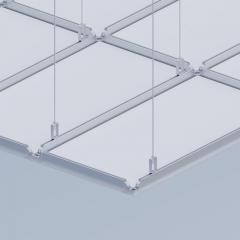
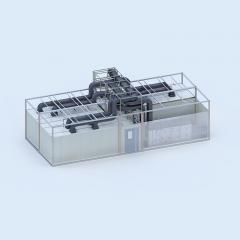
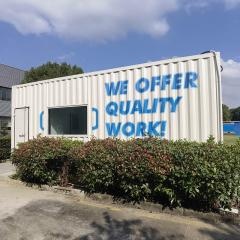
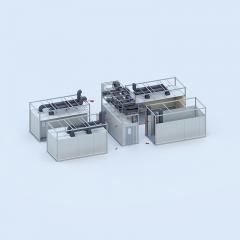
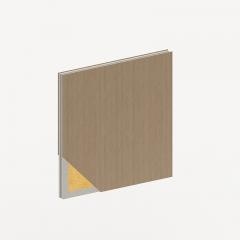
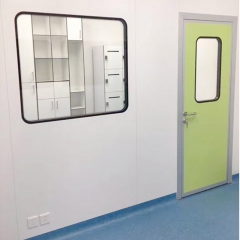
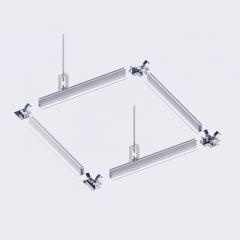
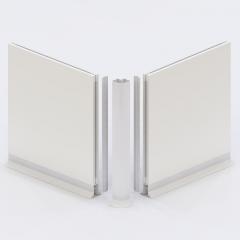
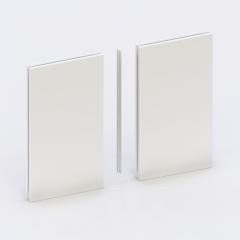
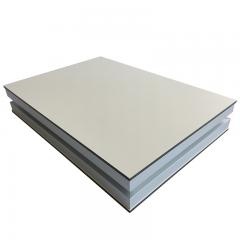
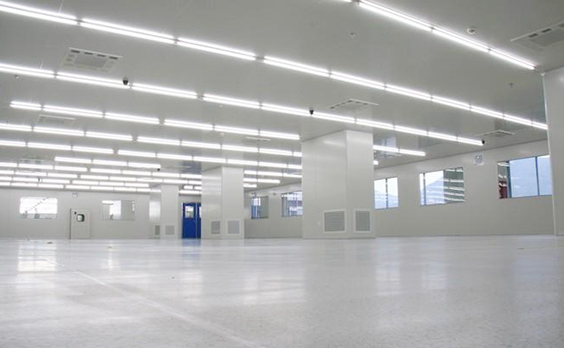

 online service
online service +8613671979988
+8613671979988 info@wonclean.com
info@wonclean.com +8613671979988
+8613671979988